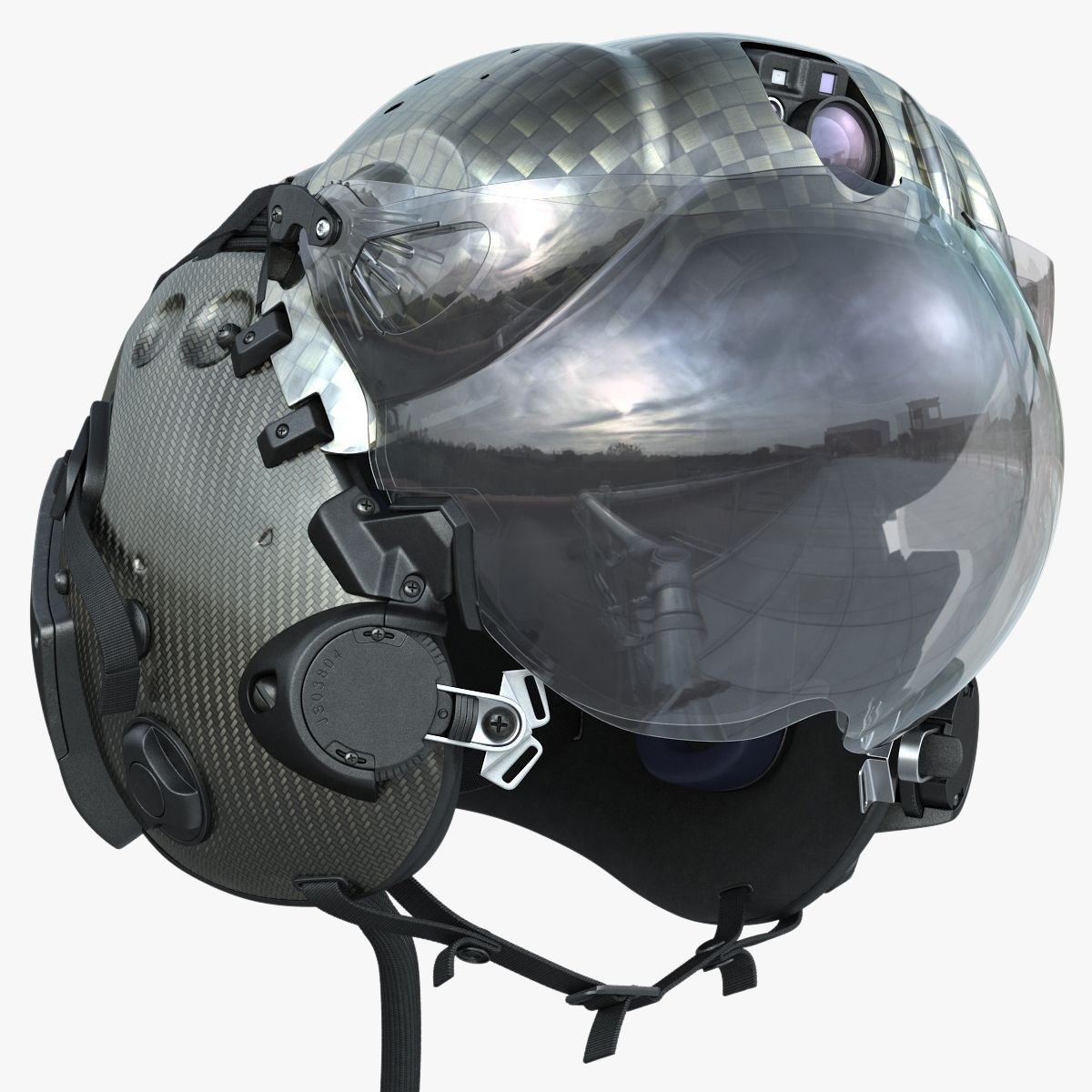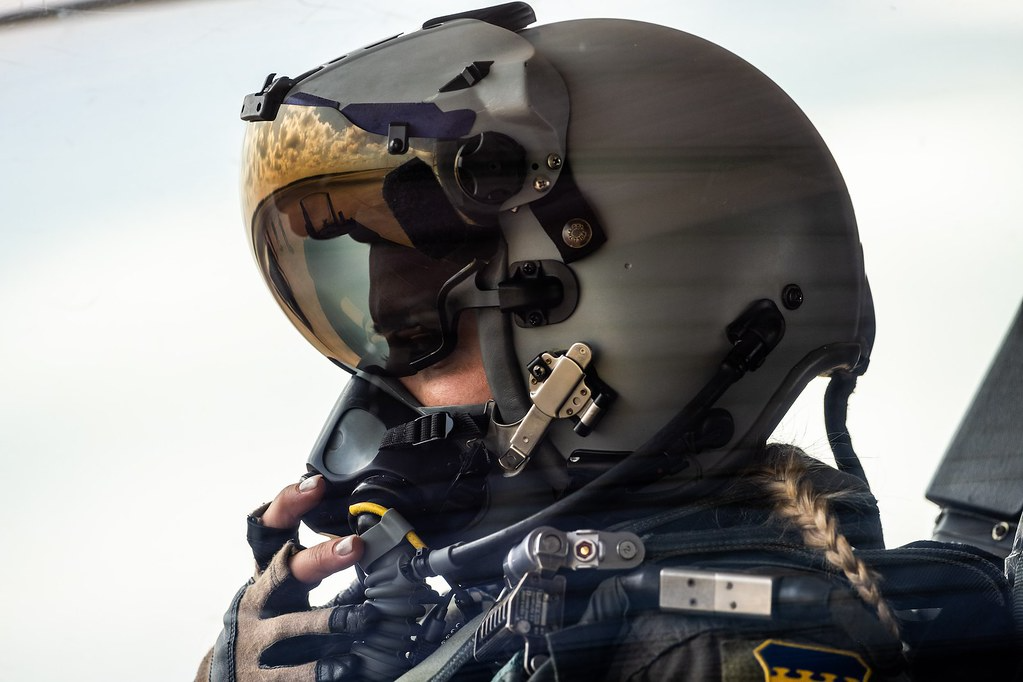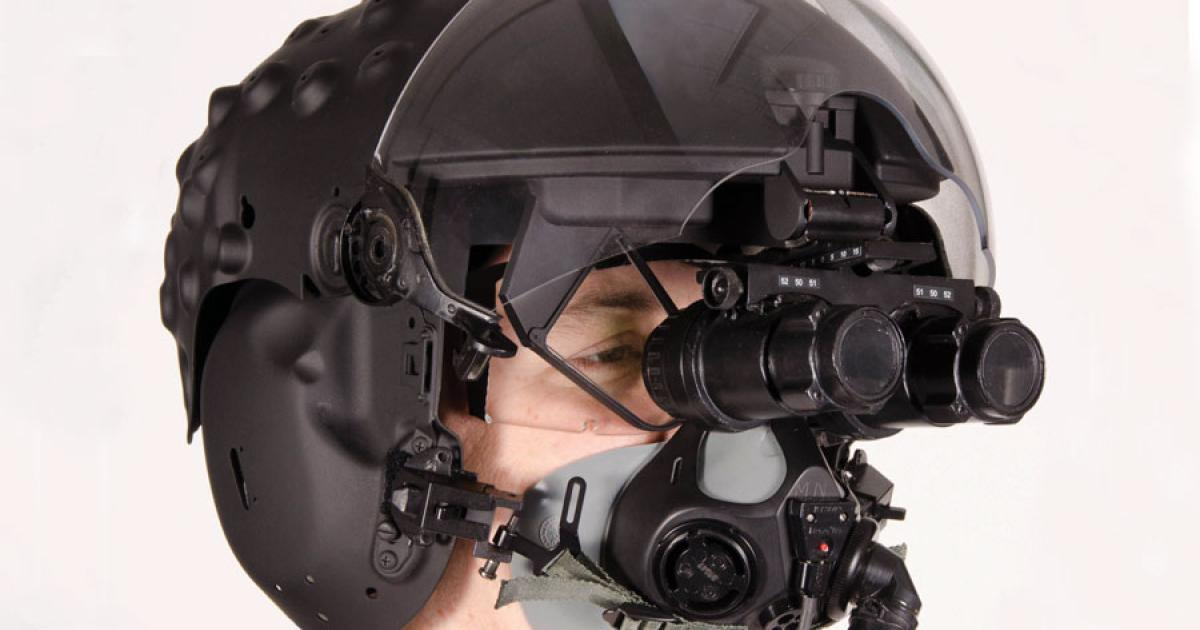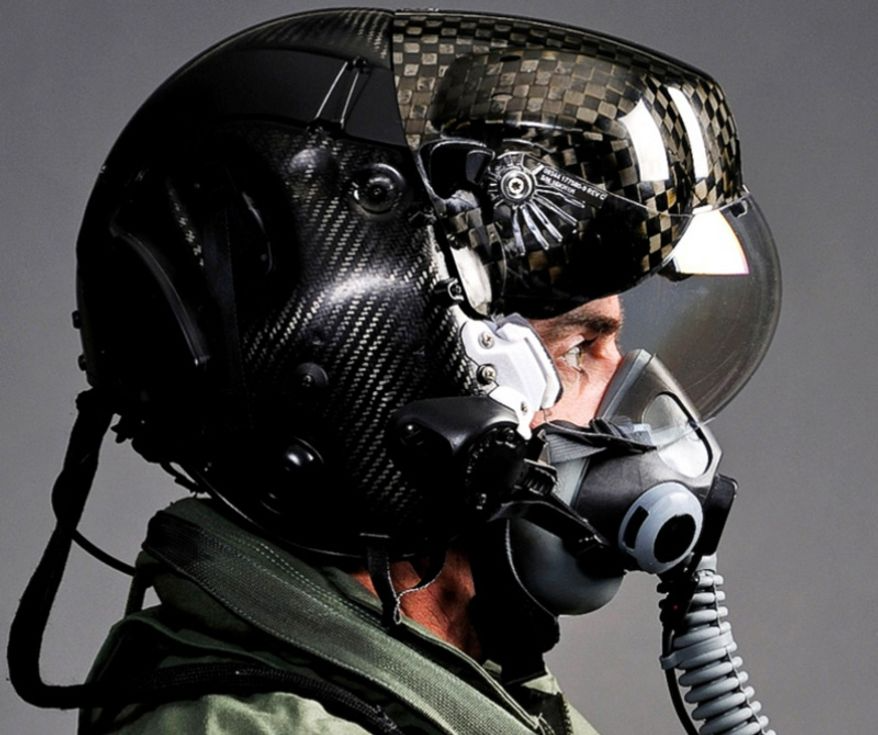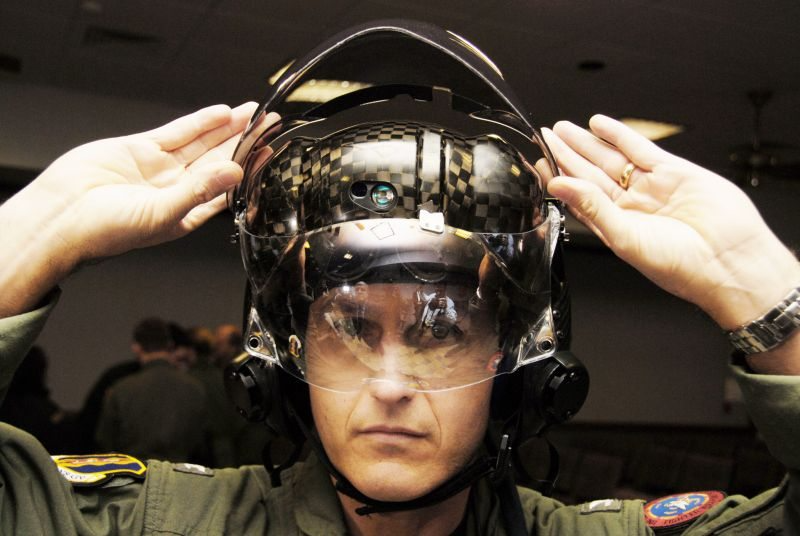Introduction to the F-35 Helmet
The F-35 helmet is a groundbreaking piece of technology. It serves as the primary headgear for pilots of the F-35 Lightning II fighter jet. The helmet integrates advanced systems to provide pilots with unprecedented situational awareness. This technology represents a significant leap in aviation. It combines head-up display (HUD) features, night vision, and more, all within a single helmet. The result is enhanced pilot performance and safety.
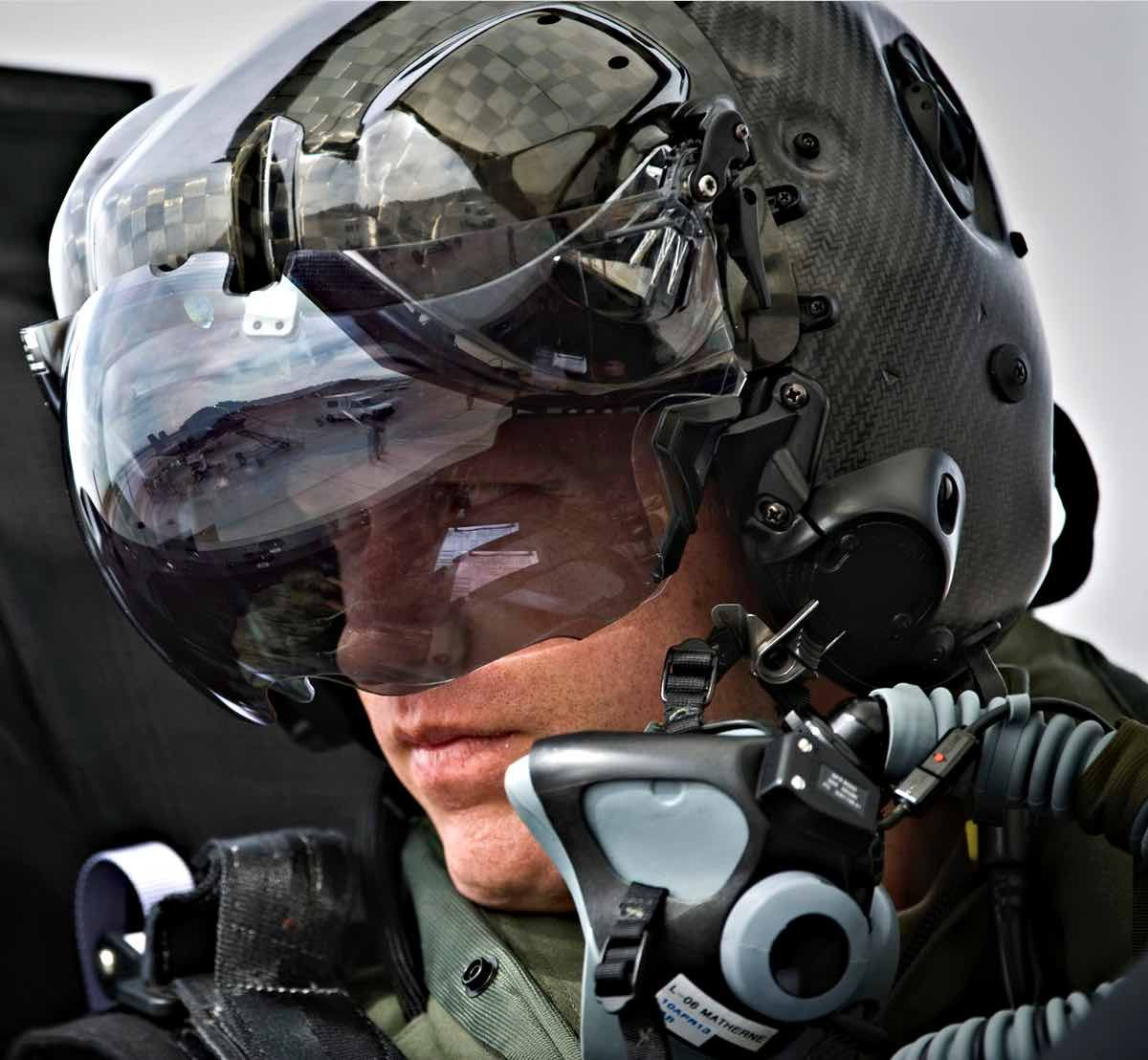
The Helmet Mounted Display System (HMDS) is the core of the F-35 helmet. Unlike conventional helmets, it projects data directly onto the visor. This allows pilots to have critical flight information within their line of sight. The helmet also features a 360-degree view. Cameras mounted on the aircraft feed real-time video to the helmet. This capability provides comprehensive situational awareness, vital for modern combat.
The development of the F-35 helmet has been a collaborative effort. Lockheed Martin, along with suppliers like Rockwell Collins and Elbit Systems, has driven this innovation. The helmet represents years of research and development. It incorporates cutting-edge materials and technologies. In this article, we will delve into the various aspects of the F-35 helmet. We will explore its design, features, benefits, and the impact on modern aviation.
Advanced Features of the F-35 Helmet
Helmet Mounted Display System (HMDS)
The HMDS is the core feature of the F-35 helmet. It replaces the traditional head-up display (HUD). Data is projected directly onto the pilot’s visor. This allows real-time information to be always within the pilot’s line of sight. It enhances situational awareness and reduces the need for pilots to look down at instrument panels.
Night Vision and Integrated Sensors
The F-35 helmet incorporates advanced night vision capabilities. Traditional night vision goggles are no longer needed. The helmet includes an integrated night vision camera. This camera allows pilots to operate effectively in low-light conditions. The real-time video feed is displayed directly on the visor. This capability is vital for night missions and operations in adverse weather conditions.
360-degree Situational Awareness
One of the most groundbreaking features of the F-35 helmet is the 360-degree situational awareness. This capability is achieved through Distributed Aperture System (DAS) sensors mounted on the aircraft. These sensors provide real-time video feeds to the helmet. Pilots can see through the aircraft, gaining a comprehensive view of their surroundings. This feature is invaluable for situational awareness and tactical decision-making.
Augmented Reality and Targeting
The helmet also features augmented reality capabilities. Targets are highlighted and tracked in real-time. This information is displayed on the visor, allowing pilots to engage targets more effectively. The helmet can even provide targeting information for missiles and smart bombs. This integration of targeting systems enhances combat effectiveness.
Design and Development
Collaborative Efforts
The development of the F-35 helmet is the result of collaboration. Lockheed Martin, Rockwell Collins, and Elbit Systems have all played crucial roles. These companies have brought together their expertise in aviation, electronics, and optics. The result is a helmet that represents the pinnacle of aviation technology.
Advanced Materials
The F-35 helmet is made from cutting-edge materials. These materials need to be lightweight yet durable. Carbon fiber and advanced composites are commonly used. These materials provide strength without adding excessive weight. The helmet’s design also considers ergonomics. It ensures that pilots can wear it comfortably during extended missions.
Testing and Refinements
The development process has involved extensive testing and refinements. Prototypes were rigorously tested in various conditions. Feedback from pilots was crucial in making improvements. The goal was to create a helmet that meets the demanding requirements of modern combat aviation. The result is a helmet that is highly reliable and effective.
Benefits and Impact on Modern Aviation
Enhanced Situational Awareness
One of the most significant benefits of the F-35 helmet is enhanced situational awareness. The integrated systems provide pilots with real-time data. This information is crucial for making informed decisions. The 360-degree view allows pilots to see threats from all angles. This capability is a game-changer in modern combat.
Improved Targeting and Accuracy
The augmented reality and targeting features improve accuracy. Pilots can engage targets more effectively. The helmet provides targeting information for weapons systems. This capability enhances combat effectiveness. It also reduces the risk of collateral damage.
Increased Safety
The advanced features of the F-35 helmet also enhance safety. The real-time data and 360-degree view reduce the risk of collisions and other hazards. The night vision capabilities allow for safe operations in low-light conditions. These features combine to enhance overall mission safety.
Operational Efficiency
The F-35 helmet also improves operational efficiency. The integration of multiple systems into a single helmet reduces the need for additional equipment. Pilots have all the information they need within their line of sight. This capability reduces workload and allows for more effective mission planning and execution.
Challenges and Future Developments
High Costs
One of the challenges of the F-35 helmet is the high cost. The advanced materials and technologies used are expensive. The development and testing process also adds to the cost. However, the benefits provided by the helmet justify the investment. The enhanced capabilities and safety features are invaluable.
Integration with Aircraft Systems
Another challenge is the integration with aircraft systems. The helmet relies on data from the aircraft’s sensors. Ensuring seamless integration is crucial for effective performance. This requires sophisticated software and hardware systems. Ongoing developments aim to improve this integration.
Future Enhancements
Future developments aim to further enhance the F-35 helmet. Research is focused on improving the helmet’s performance and reducing costs. Advancements in materials and electronics will play a crucial role. The goal is to create a helmet that continues to meet the evolving demands of modern aviation.
Training and Adaptation
Introducing such advanced technology requires extensive training. Pilots need to adapt to the new systems and capabilities. Training programs focus on familiarizing pilots with the helmet’s features. This ensures that they can use the helmet effectively in various conditions. Ongoing training and support are crucial for maximizing the helmet’s benefits.
Conclusion
The F-35 helmet represents a significant advancement in aviation technology. Its advanced features provide pilots with unprecedented situational awareness and capabilities. The helmet integrates multiple systems into a single piece of headgear. This enhances pilot performance and safety.
The development of the F-35 helmet has involved extensive collaboration and innovation. Companies like Lockheed Martin, Rockwell Collins, and Elbit Systems have played crucial roles. The helmet is made from cutting-edge materials and has undergone rigorous testing.
The benefits of the F-35 helmet are far-reaching. It enhances situational awareness, improves targeting accuracy, and increases safety. The helmet also improves operational efficiency, reducing workload for pilots. However, challenges like high costs and integration with aircraft systems remain. Ongoing research aims to address these challenges and further enhance the helmet’s capabilities.
In conclusion, the F-35 helmet is a groundbreaking piece of technology. It represents the future of aviation and sets new standards for pilot headgear. Investing in such technology ensures that pilots have the best tools available. This enhances mission success and overall safety. The F-35 helmet stands as a testament to the possibilities of modern aviation technology.
